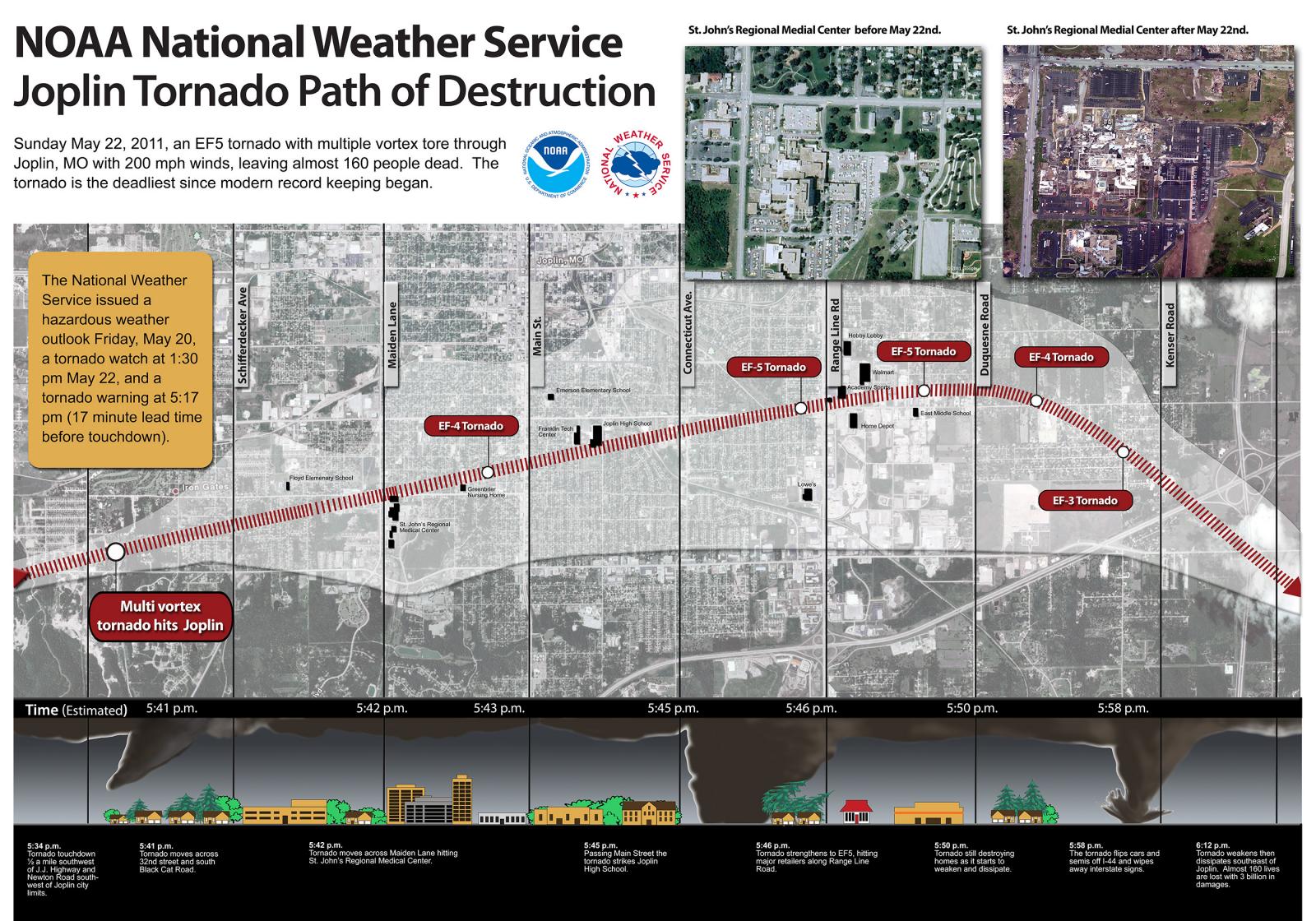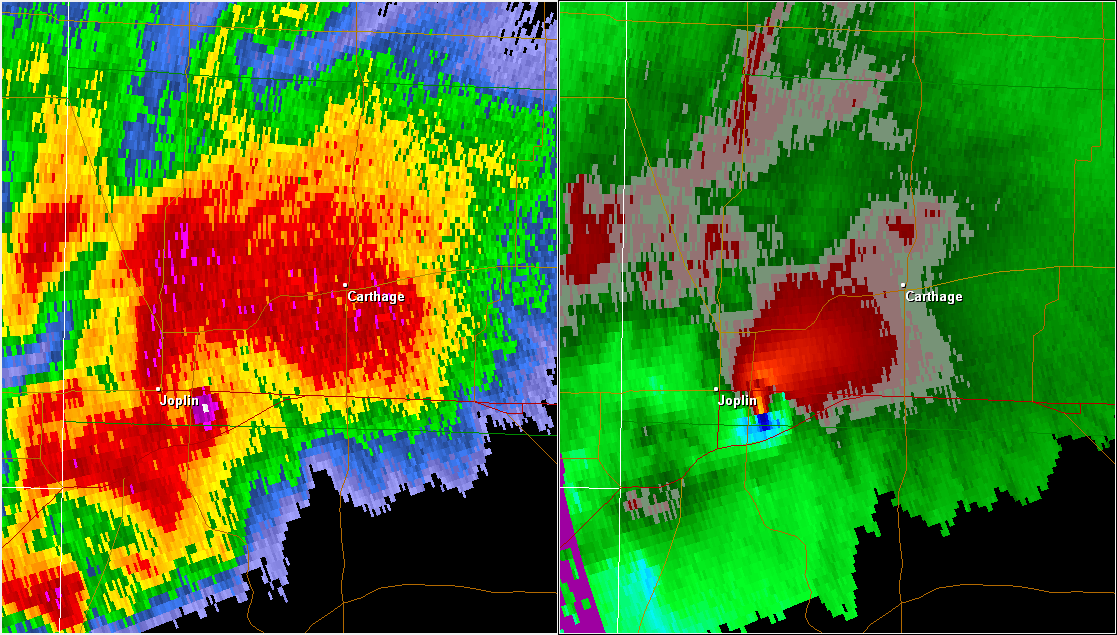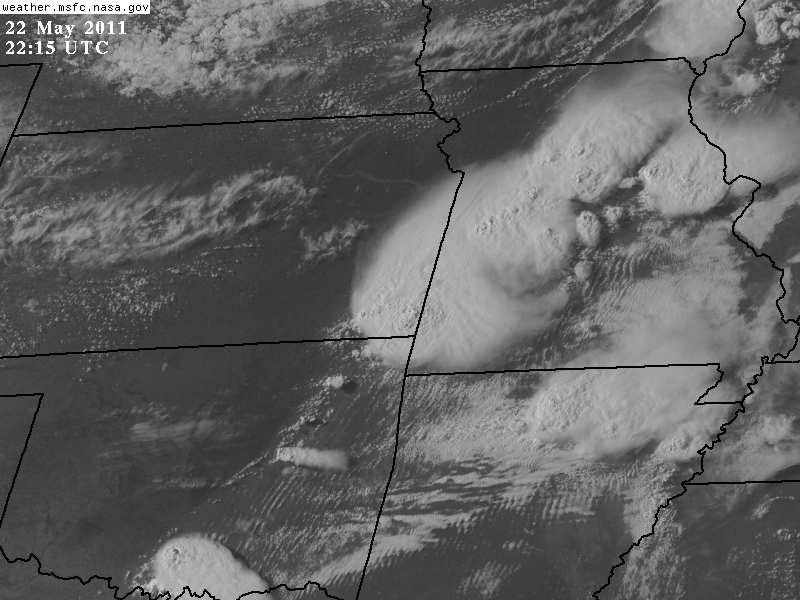On May 22, 2011, the city of Joplin, Missouri, experienced one of the most catastrophic natural disasters in U.S. history. An EF5 tornado, the most powerful category on the Enhanced Fujita Scale, ripped through the heart of Joplin, leaving behind a trail of devastation that would change the lives of its residents forever. The sheer force of the tornado shocked the world, underscoring the vulnerability of even the most prepared communities to the whims of Mother Nature.
This story is about the Joplin Tornado, a tragedy that unfolded with unimaginable speed and fury. We’ll dive deep into the events leading up to the tornado, the devastation it caused, and the incredible resilience shown by the people of Joplin as they rebuilt their lives. We’ll also explore the lessons learned from this disaster and how they can help us prepare for the next big storm. Through personal stories, expert insights, and hard data, we’ll uncover the full scope of what happened and how it shaped the future of disaster preparedness.
So, buckle up. Let’s take a closer look at the magnitude of this disaster, the strength of the human spirit, and the steps we can all take to protect ourselves and our communities from similar tragedies in the future.
Read also:Unlock Your Gaming World With Freezenova Unblocked
Table of Contents
- The Backstory of the Joplin Tornado
- The Devastation Unleashed
- What Caused the Monster Storm?
- How Joplin Fought Back
- Lessons from the Storm
- Prepping for the Next Big One
- The Numbers Behind the Tragedy
- Real Stories from the Front Lines
- Building a Safer Tomorrow
- Wrapping It Up
The Backstory of the Joplin Tornado
When the Joplin Tornado struck on that fateful evening of May 22, 2011, it was classified as an EF5—the absolute highest rating on the Enhanced Fujita Scale. This scale measures the intensity of tornadoes based on wind speed and the damage they cause. The tornado touched down at around 5:41 PM local time and tore through the heart of Joplin, Missouri, leaving behind a path of destruction that seemed almost apocalyptic.
But how did this storm come to be? To understand the Joplin Tornado, we need to look at the atmospheric conditions that set the stage for such a powerful event. High levels of atmospheric instability, combined with strong wind shear and the clash of warm, moist air from the Gulf of Mexico with cooler, drier air from the north, created the perfect storm. Literally.
A Glimpse into Joplin’s Past
Joplin, nestled in southwestern Missouri, was a city with a rich history rooted in mining and commerce. Before the tornado, it was a bustling community of about 50,000 people, known for its vibrant culture and tight-knit neighborhoods. But in an instant, everything changed. The tornado not only altered the physical landscape of Joplin but also the lives of its residents, who were forced to rebuild their homes, their businesses, and their sense of normalcy.
The Devastation Unleashed
When the Joplin Tornado hit, it unleashed a level of destruction that’s hard to put into words. With winds exceeding 200 mph, it flattened homes, businesses, schools, and critical infrastructure. The human toll was just as devastating: 161 lives lost, over 1,000 people injured, and countless families left to pick up the pieces of their shattered lives.
This section delves into the immediate and long-term impacts of the tornado on Joplin’s community, economy, and environment. From the collapse of buildings to the emotional scars carried by survivors, the effects of the storm were felt far and wide.
Infrastructure in Ruins
Hundreds of buildings were reduced to rubble, including hospitals, schools, and entire neighborhoods. St. John’s Regional Medical Center, one of the largest hospitals in the region, suffered catastrophic damage, leaving emergency services severely compromised during the disaster. The loss of critical infrastructure made the recovery process even more challenging, as the community struggled to provide basic services like healthcare, shelter, and clean water.
Read also:Texas Vs Xavier A Thrilling Ncaa First Four Showdown
What Caused the Monster Storm?
Understanding the causes of the Joplin Tornado requires a closer look at the science behind tornado formation. This section breaks down the atmospheric conditions that led to the development of such a powerful storm, including the interaction between warm, moist air and cooler, drier air, the formation of a supercell thunderstorm, and the development of a mesocyclone, which ultimately spawned the tornado.
It’s not just about the weather—it’s about how these elements come together to create the perfect storm. By understanding the science behind tornadoes, we can better predict and prepare for them in the future.
How Joplin Fought Back
In the wake of the Joplin Tornado, the community showed incredible resilience and solidarity. Local, state, and federal agencies, along with countless volunteers and nonprofit organizations, worked tirelessly to help the city recover. From providing temporary shelter and food to offering emotional support and counseling, the response efforts were nothing short of heroic.
This section highlights the tireless work of those who came together to rebuild Joplin and support its residents in their darkest hour. It’s a story of hope and determination, a testament to the power of community in the face of adversity.
Local Heroes in Action
Local organizations like the American Red Cross and the United Way played a crucial role in the recovery process. They provided essential services to affected families, including emergency shelter, meals, and mental health counseling. Their collaboration with government agencies ensured a coordinated and effective response to the disaster, helping to bring some semblance of normalcy back to the community.
Lessons from the Storm
The Joplin Tornado taught us valuable lessons about disaster management and community preparedness. From the importance of timely weather alerts to the need for robust emergency response plans, every aspect of the disaster response was scrutinized and improved upon. This section outlines key takeaways from the event, emphasizing the importance of early warning systems, community cooperation, and the value of learning from past mistakes.
Lessons include:
- The critical role of early warning systems in saving lives
- The necessity of well-planned and practiced emergency response protocols
- The power of community cooperation and mutual support
Prepping for the Next Big One
Preventing the loss of life and property during tornadoes requires proactive measures and effective preparedness strategies. This section explores the initiatives aimed at reducing the impact of future tornadoes, from advancements in weather forecasting technology to changes in building codes and safety measures.
Technology to the Rescue
Advancements in weather forecasting technology have revolutionized the way we predict and prepare for tornadoes. Doppler radar and satellite imagery now provide early warnings, giving communities precious minutes—or even hours—to prepare. These technological breakthroughs are saving lives and helping us stay one step ahead of nature’s fury.
The Numbers Behind the Tragedy
Data and statistics paint a clearer picture of the Joplin Tornado’s impact. According to the National Oceanic and Atmospheric Administration (NOAA), the tornado traveled approximately 22 miles and had a path width of up to one mile. These numbers tell the story of a storm that was both massive and devastating.
Other key statistics include:
- 161 lives lost
- Over 1,000 injuries
- Approximately 7,000 homes destroyed
Real Stories from the Front Lines
Personal accounts from survivors and responders offer a human perspective on the Joplin Tornado. These stories remind us of the bravery, loss, and resilience shown by those who lived through the storm. They also highlight the strength of the human spirit in the face of unimaginable adversity.
A Survivor’s Story
“I remember hearing the warning sirens, but I didn’t realize how serious it was until I saw the funnel cloud approaching,” recalls Sarah Thompson, a Joplin resident. “We hid in the basement, and when we came out, our entire neighborhood was gone. It was like stepping into a war zone. But even in the midst of all that chaos, there was a sense of community—a feeling that we were all in this together.”
Building a Safer Tomorrow
Efforts to enhance disaster preparedness continue in Joplin and across the country. This section discusses ongoing initiatives aimed at reducing the impact of future tornadoes and improving community resilience. From implementing stricter building codes to constructing safe rooms and using reinforced materials, communities are taking proactive steps to protect themselves from the next big storm.
Fortifying the Future
New building codes and safety measures have been introduced in Joplin to ensure better protection against future storms. These include the construction of safe rooms in homes and public buildings, as well as the use of reinforced materials that can withstand the force of a tornado. By learning from the past, Joplin is building a safer, more resilient future for its residents.
Wrapping It Up
The Joplin Tornado of May 22, 2011, was a devastating reminder of the raw power of nature. It caused immense suffering, but it also inspired extraordinary acts of courage and compassion. Through the lessons learned from this tragedy and the ongoing efforts to improve disaster preparedness, communities can better protect themselves against future threats.
We encourage you to reflect on the importance of emergency preparedness and to support organizations working to mitigate the impact of natural disasters. Share your thoughts in the comments section below or explore other articles on our website to learn more about disaster management and resilience. Together, we can build a safer, stronger future for everyone.


